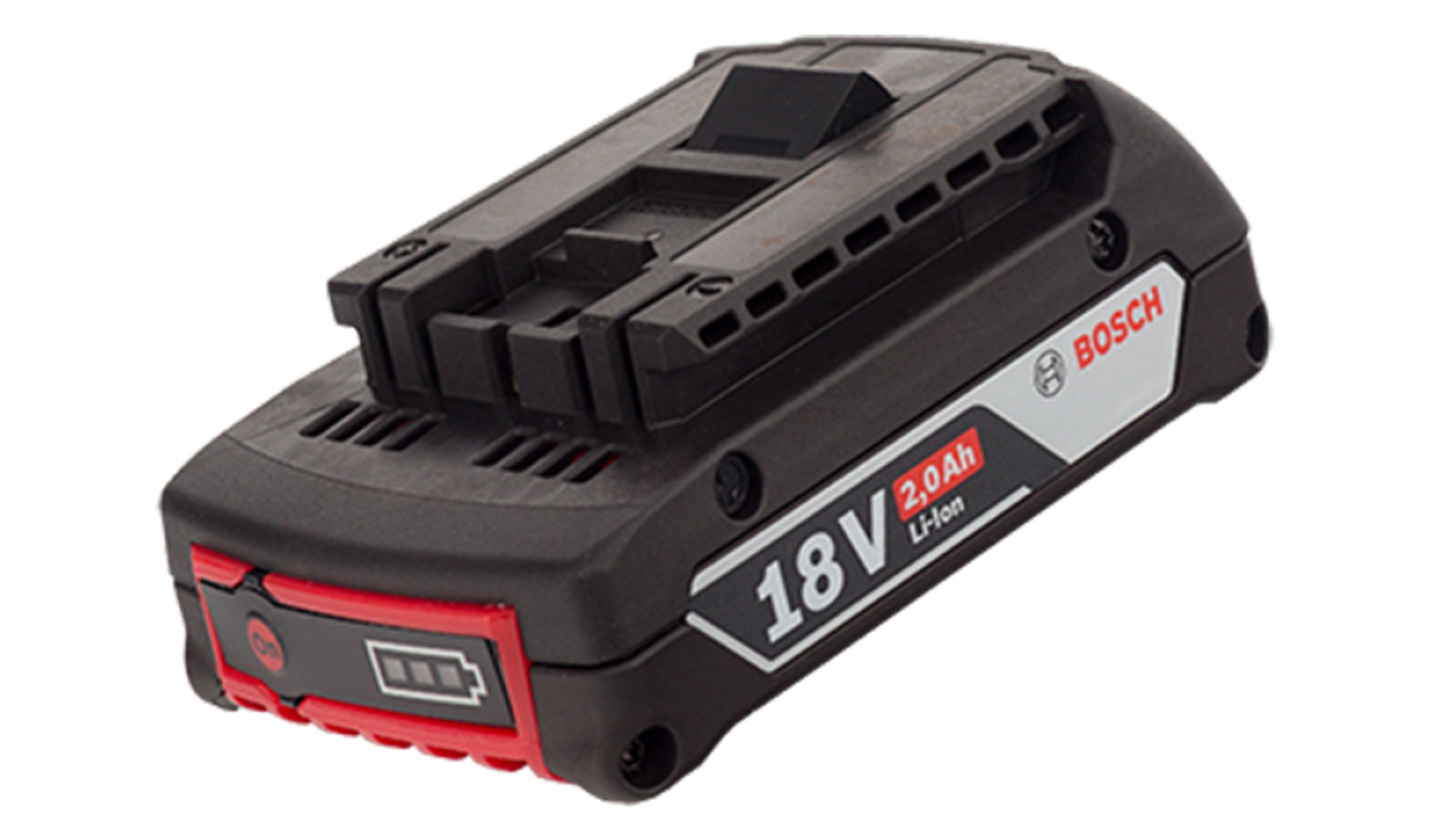How to Print All Instances in a Verilog Netlist with Perl
When working with Verilog netlists, you might find yourself needing to extract specific instances of modules or components from these files. This can often involve parsing the text to match particular patterns. In this article, we will explore how to use Perl to print all instances in a Verilog netlist by leveraging regex patterns. We'll also demonstrate how to achieve similar results using egrep for those who prefer command-line tools. Understanding the Verilog Instance Format Verilog is a hardware description language used to model electronic systems. Instances in a Verilog netlist are typically structured in the following format: name name_inst( camera cam_inst( Here, name can be anything and name_inst always ends with an opening parenthesis (. This pattern allows us to identify each instance. Using Perl to Match Instances To extract instances with Perl, we can use regular expressions to search for the specified format. Below are the steps to accomplish this: Step 1: Basic Perl Script We'll start by creating a simple Perl script that reads through a Verilog netlist file and matches the required instance names using regex. #!/usr/bin/perl use strict; use warnings; # Open the Verilog netlist file my $filename = 'netlist.v'; open my $fh, '

When working with Verilog netlists, you might find yourself needing to extract specific instances of modules or components from these files. This can often involve parsing the text to match particular patterns. In this article, we will explore how to use Perl to print all instances in a Verilog netlist by leveraging regex patterns. We'll also demonstrate how to achieve similar results using egrep for those who prefer command-line tools.
Understanding the Verilog Instance Format
Verilog is a hardware description language used to model electronic systems. Instances in a Verilog netlist are typically structured in the following format:
name name_inst(
camera cam_inst(
Here, name can be anything and name_inst always ends with an opening parenthesis (. This pattern allows us to identify each instance.
Using Perl to Match Instances
To extract instances with Perl, we can use regular expressions to search for the specified format. Below are the steps to accomplish this:
Step 1: Basic Perl Script
We'll start by creating a simple Perl script that reads through a Verilog netlist file and matches the required instance names using regex.
#!/usr/bin/perl
use strict;
use warnings;
# Open the Verilog netlist file
my $filename = 'netlist.v';
open my $fh, '<', $filename or die "Could not open file '$filename' $!";
while (my $line = <$fh>) {
if ($line =~ /\b\w+\s+(\w+_inst)\s*\(/) {
print "Instance Found: $1\n";
}
}
close $fh;
Step 2: Explanation of the Script
- The script begins by opening a Verilog netlist file named
netlist.v. - It reads the file line by line, checking each line against the regex pattern.
- The regex pattern
\b\w+\s+(\w+_inst)\s*\(looks for:-
\b\w+: a word boundary followed by one or more word characters to matchname. -
\s+: one or more whitespace characters. -
(\w+_inst): capturing the instance name that follows and ends with_inst. -
\s*\(: optional whitespace followed by an opening parenthesis, ensuring we are identifying the instance accurately.
-
- When a match is found, it prints the instance name using
$1, which captures the matched instance.
Step 3: Running the Script
To run the script, save it as extract_instances.pl, provide execution permissions, and execute it:
chmod +x extract_instances.pl
./extract_instances.pl
Using egrep for Quick Matching
If you're looking for a quick command-line solution, egrep is a powerful option. Below is an example command you can run directly in your terminal:
egrep -o '\b\w+\s+\w+_inst\s*\(' netlist.v
- In this command:
-
-oensures that only the matched parts are printed. - The regex pattern matches the same format as discussed earlier.
-
Conclusion
In summary, extracting instances from a Verilog netlist can be efficiently handled using Perl or egrep. The Perl script provides a robust way to handle file input and regex matching, while egrep offers a quick command-line solution. Depending on your workflow and preferences, either approach can be utilized to achieve the desired results. Use these methods to streamline your Verilog netlist parsing tasks!
Frequently Asked Questions
What is a Verilog netlist?
A Verilog netlist is a text representation of a hardware design in Verilog for simulation or synthesis.
Can I modify the regex for other patterns?
Yes, you can adjust the regex pattern in both Perl and egrep to match different instance formats as needed.
What other tools can I use for parsing netlists?
Besides Perl and egrep, tools like Python with regex libraries, or specialized hardware design tools can also be useful for parsing Verilog netlists.










































































![Samsung's New Galaxy S25 Edge Takes Aim at 'iPhone 17 Air' [Video]](https://www.iclarified.com/images/news/97276/97276/97276-640.jpg)
![Apple to Launch AI-Powered Battery Saver Mode in iOS 19 [Report]](https://www.iclarified.com/images/news/97309/97309/97309-640.jpg)
![Apple Officially Releases macOS Sequoia 15.5 [Download]](https://www.iclarified.com/images/news/97308/97308/97308-640.jpg)
















![Walmart’s $30 Google TV streamer is now in stores and it supports USB-C hubs [Video]](https://i0.wp.com/9to5google.com/wp-content/uploads/sites/4/2025/05/onn-4k-plus-store-reddit.jpg?resize=1200%2C628&quality=82&strip=all&ssl=1)




























































































_Piotr_Adamowicz_Alamy.jpg?width=1280&auto=webp&quality=80&disable=upscale#)




















































































































































































































































































![Ditching a Microsoft Job to Enter Startup Purgatory with Lonewolf Engineer Sam Crombie [Podcast #171]](https://cdn.hashnode.com/res/hashnode/image/upload/v1746753508177/0cd57f66-fdb0-4972-b285-1443a7db39fc.png?#)






























































































